Mission Inclusion promotes curriculum that examines inclusion, equity, representation
02/25/2019
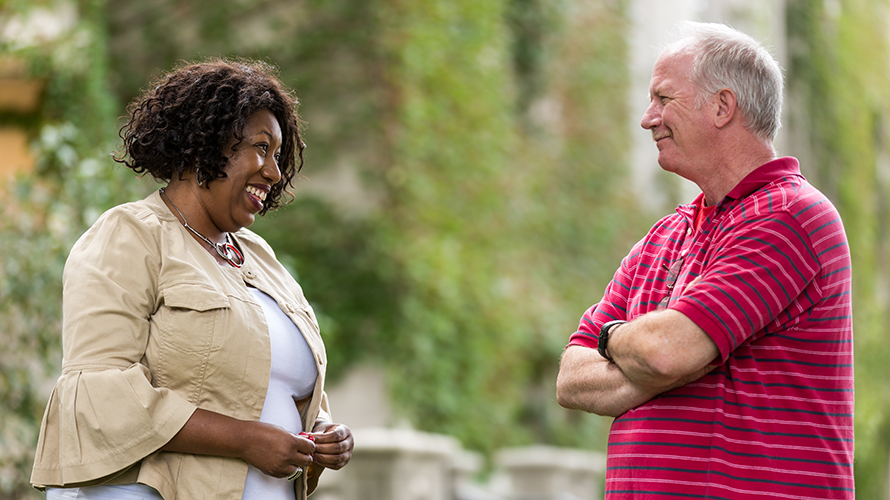
Kevin Schalinske, a professor in food science and human nutrition who is rethinking his teaching methods while participating in Mission Inclusion this fall, visits with Eulanda Sanders, the Donna R. Danielson Professor in Textiles and Clothing and chair of apparel, events, and hospitality management. Supported by a College of Human Sciences Innovative Teaching Initiative Grant, the Mission Inclusion seminars were developed by members of the college’s Diversity and Equity Committee, including Sanders, Barbara Woods, Carmen Flagge, Mary Lynn Damhorst, and seminar facilitator Marcia Purdy. Private gifts from alumni and friends help make such faculty and staff-led projects and programs possible. Photo by Ryan Riley.
To equip students with skills to change our dynamic world, faculty and staff must infuse their programs and curriculum to examine inclusivity, equity, and representation. In the first yearlong “Mission Inclusion” seminar in 2017-18, scholars addressed diversity and social responsibility in their teaching, research, and outreach. They learned more about cultural humility, self-reflection — and building a civil, inclusive, and safe learning environment. Here’s a succinct medley of their approaches and observations.
Adjusting to minimize implicit bias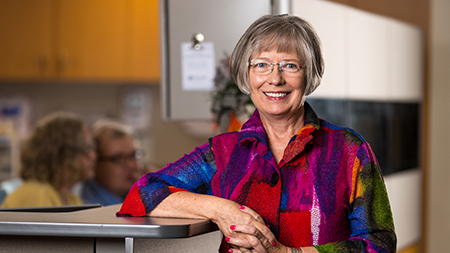
We all have unconscious and implicit biases — sometimes shown in our subtle behaviors, body language, and facial expressions. Ginny Wangerin encourages students to consider the impact of bias on their interactions, and to intentionally make adjustments to minimize its impact. This is especially important in the field of nursing, which is dominated by white females.
“Being more culturally competent is more than understanding dietary variations,” she said. “It’s also about understanding how our communication can either enhance or block the patients’ reception to what we have to say.” — Ginny Wangerin, certified nurse educator who launched Iowa State’s bachelor of science in nursing degree
Leaving bias at the door
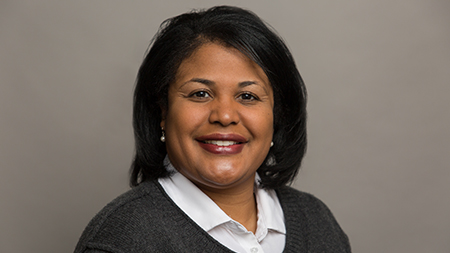 Tera Jordan has grown in her understanding of things that might affect people of different ability levels. She’s revamping her HDFS 270 Family Communications and Relationships class to reflect her learning — providing two or three examples of a concept, rather than just one.
Tera Jordan has grown in her understanding of things that might affect people of different ability levels. She’s revamping her HDFS 270 Family Communications and Relationships class to reflect her learning — providing two or three examples of a concept, rather than just one.
“I really am thinking much more critically about how to deliver the curriculum in a more inclusive way,” she said. “People come to the table with a set of experiences that we may know nothing about. This has really sensitized me to stop; get to know people on an individual level; allow them to define who they are; and leave our judgments, our biases, our prejudices, and stereotypes at the door.” — Tera Jordan, associate professor in human development and family studies
Fostering sensitivity to needs of others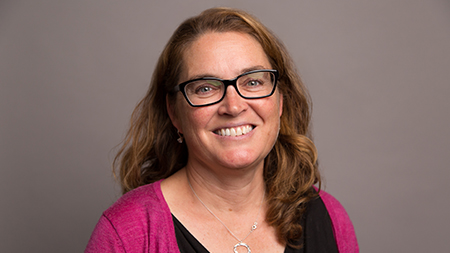
Diversity and inclusion are about so much more than race and culture. Christina Campbell is helping her students see that it’s also about being intentional and sensitive to the needs of others when it comes to nutrition and disease.
“Seventy percent of the adults in our country are overweight or obese, and at risk for chronic diseases such as diabetes and cancer and heart disease,” she said. “All of those are lifestyle-related. The norm isn’t health. The norm is disease. We need to acknowledge that there is all this disease and that creates some diversity.” — Christina Campbell, Sandra S. and Roy W. Uelner Professor in food science and human nutrition
Adapting clothing to the wearer
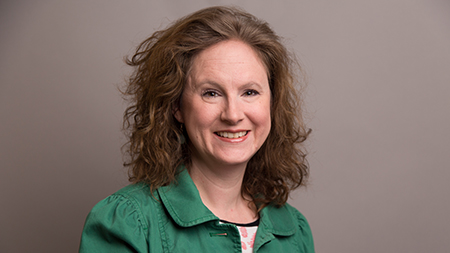 Ellen McKinney tackles areas not well-addressed in the fashion industry — from breastfeeding apparel to women’s firefighting uniforms. This spring, she challenged her students to come up with a creative design solution for a person with a disability. They found the experience eye-opening. Getting to know people one-on-one helped them realize their own assumptions and biases.
Ellen McKinney tackles areas not well-addressed in the fashion industry — from breastfeeding apparel to women’s firefighting uniforms. This spring, she challenged her students to come up with a creative design solution for a person with a disability. They found the experience eye-opening. Getting to know people one-on-one helped them realize their own assumptions and biases.
“They really got a grasp of how important clothing is by working with individual clients,” McKinney said. “Even small changes in how a garment is made makes great improvements in their quality of life.” — Ellen McKinney, associate professor in apparel, events, and hospitality management
Appreciating the beauty in diversity
Mission Inclusion gave E.J. Bahng more confidence to notice and articulate the subtleties of social justice. She observed a student from Asia choosing to consistently come to class late after classmates called him “ninja” and laughed at him. She gained a deeper understanding of friends’ and colleagues’ feelings when asked where they’re from and how well they speak English. She reflected about the difference between having and not having the “burden of representation.” She plans to use what she’s learned to make the teaching of science by future teachers more equitable.
“Everyone has a unique story and that makes us beautiful.” — E.J. Bahng, associate professor in the School of Education
Initiating courageous conversations
 Malisa Rader finds herself more willing to initiate courageous conversations that encourage people to look inward and examine their implicit biases. She co-facilitates “Navigating Difference” workshops and is pursuing further education to enhance how she leads smaller discussions.
Malisa Rader finds herself more willing to initiate courageous conversations that encourage people to look inward and examine their implicit biases. She co-facilitates “Navigating Difference” workshops and is pursuing further education to enhance how she leads smaller discussions.
“We can have differences but we can talk about those differences and try to see each other’s perspective a little more, so we can all grow together,” Rader said. “Let’s have some civil dialogue instead of polarizing ourselves.” — Malisa Rader, human sciences specialist with ISU Extension and Outreach
2018-19 cohort
Participants in the 2018-19 cohort of Mission Inclusion include faculty members Laura Ellingson-Sayen, Elena Karpova, Kevin Schalinske, and Chunhui Xiang.
Key contacts
Cathy Curtis, communications director, College of Human Sciences, ccurtis@iastate.edu, 515-294-8175.
Isaac Sinclair, communications assistant, College of Human Sciences, hswriter@iastate.edu, 515-294-1326.